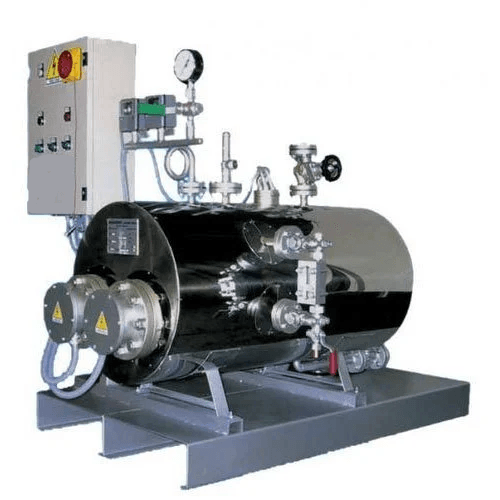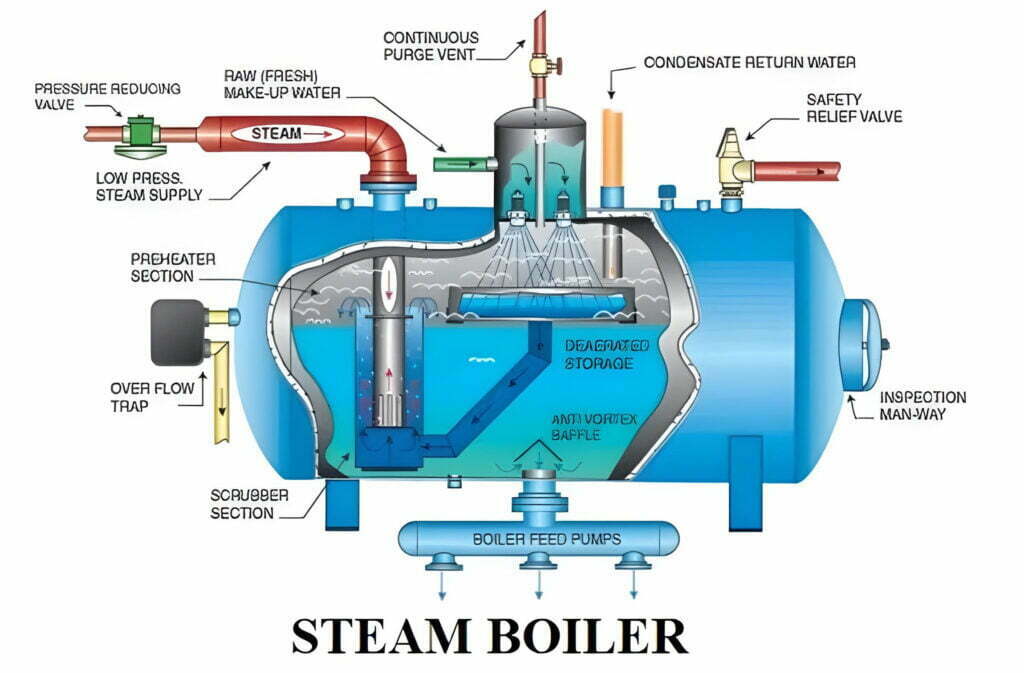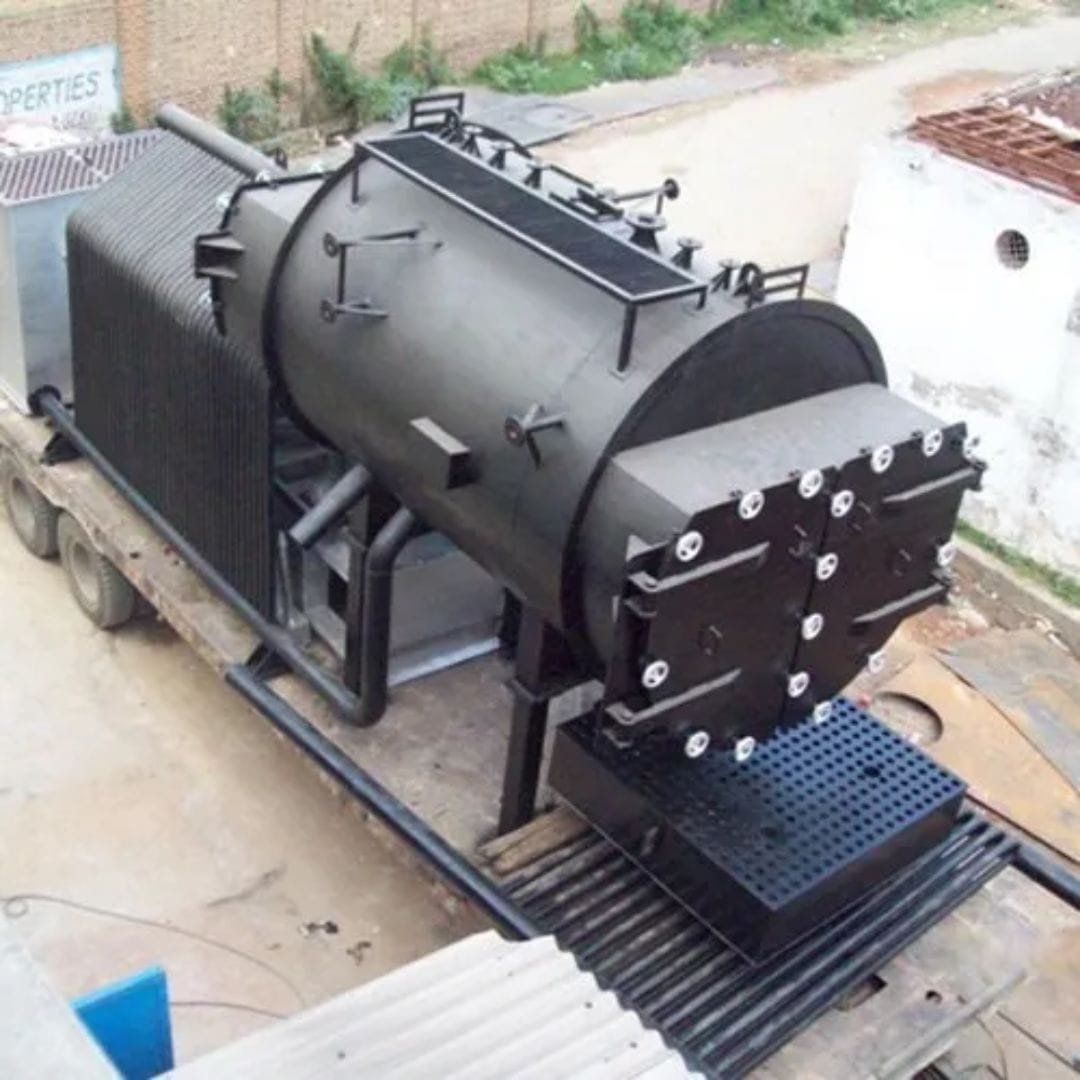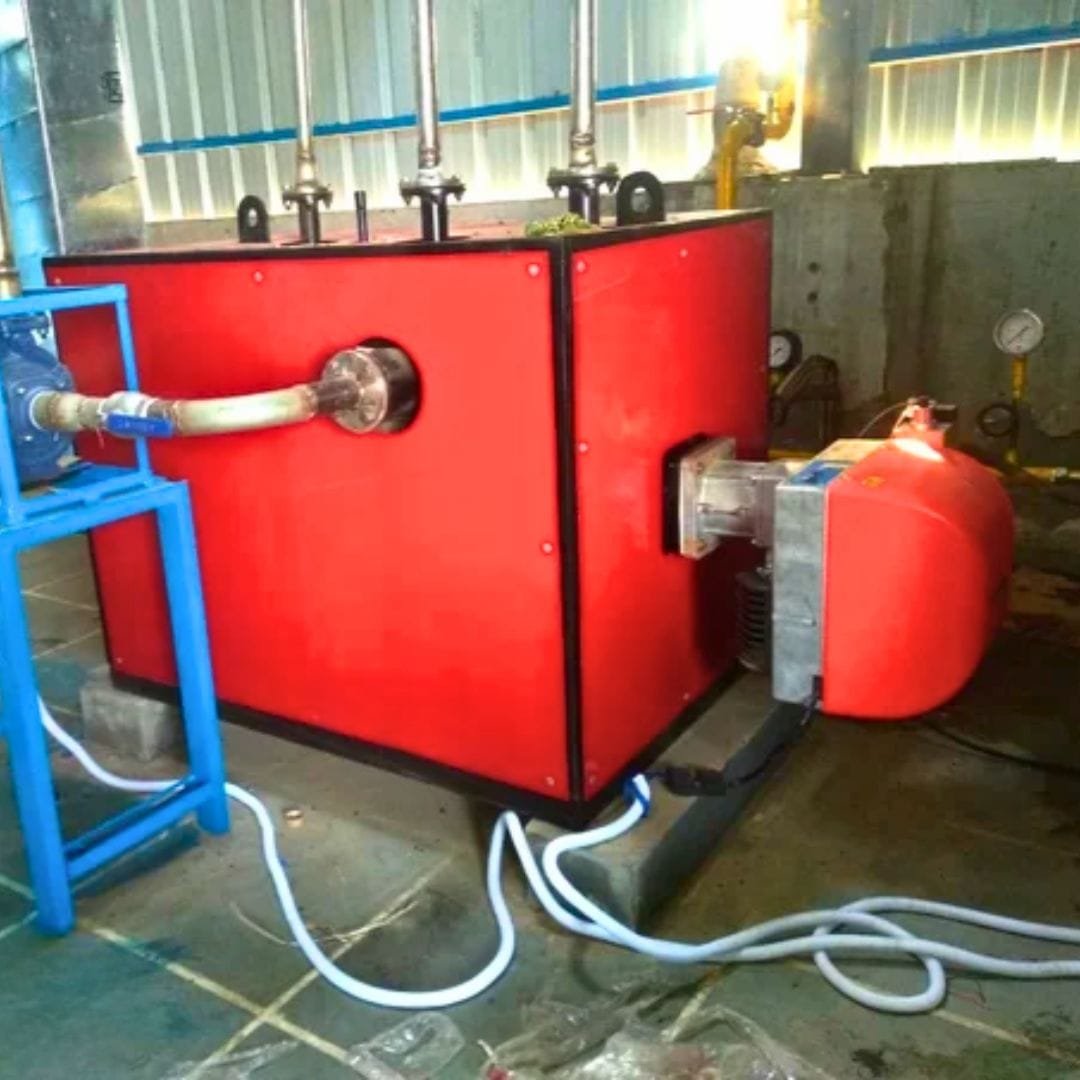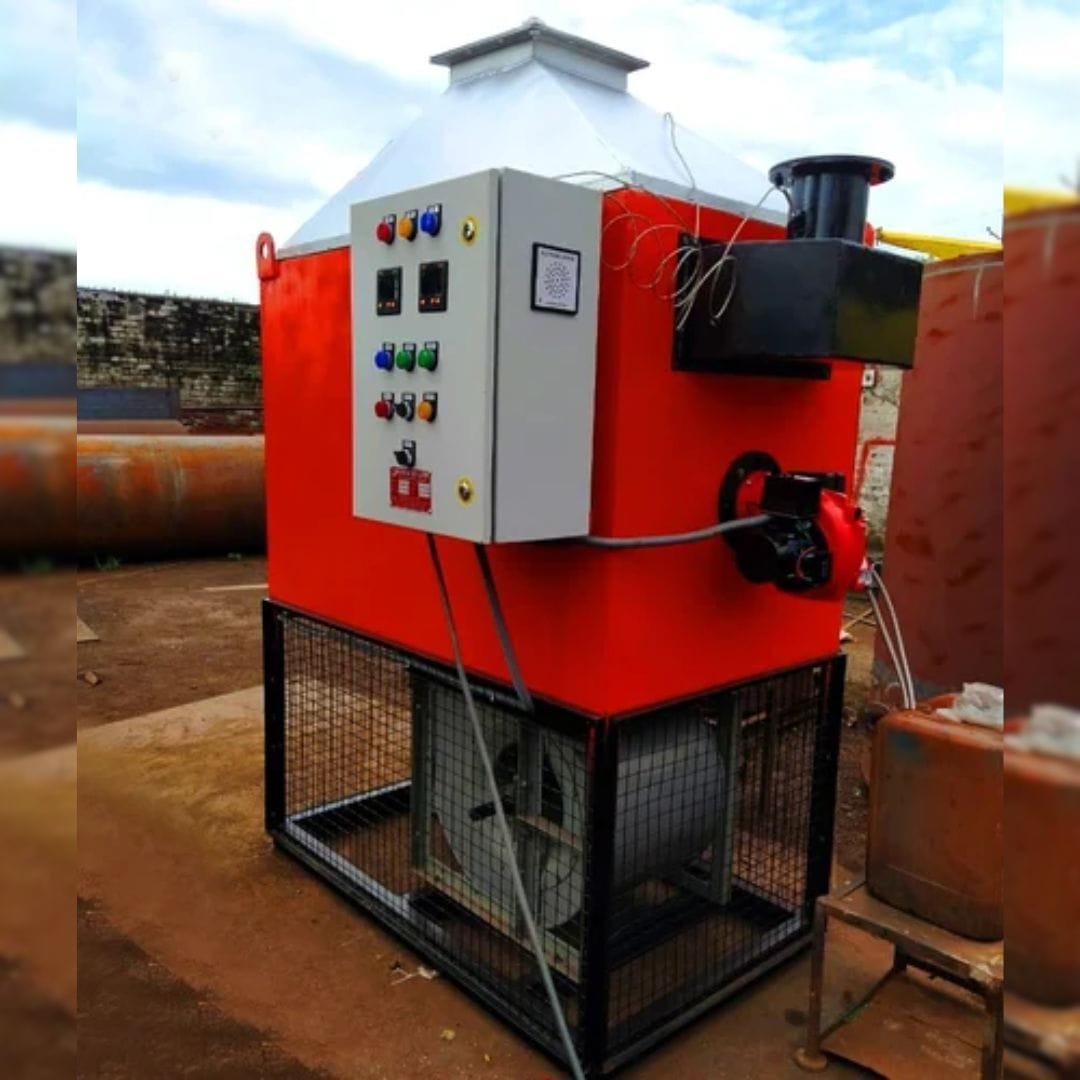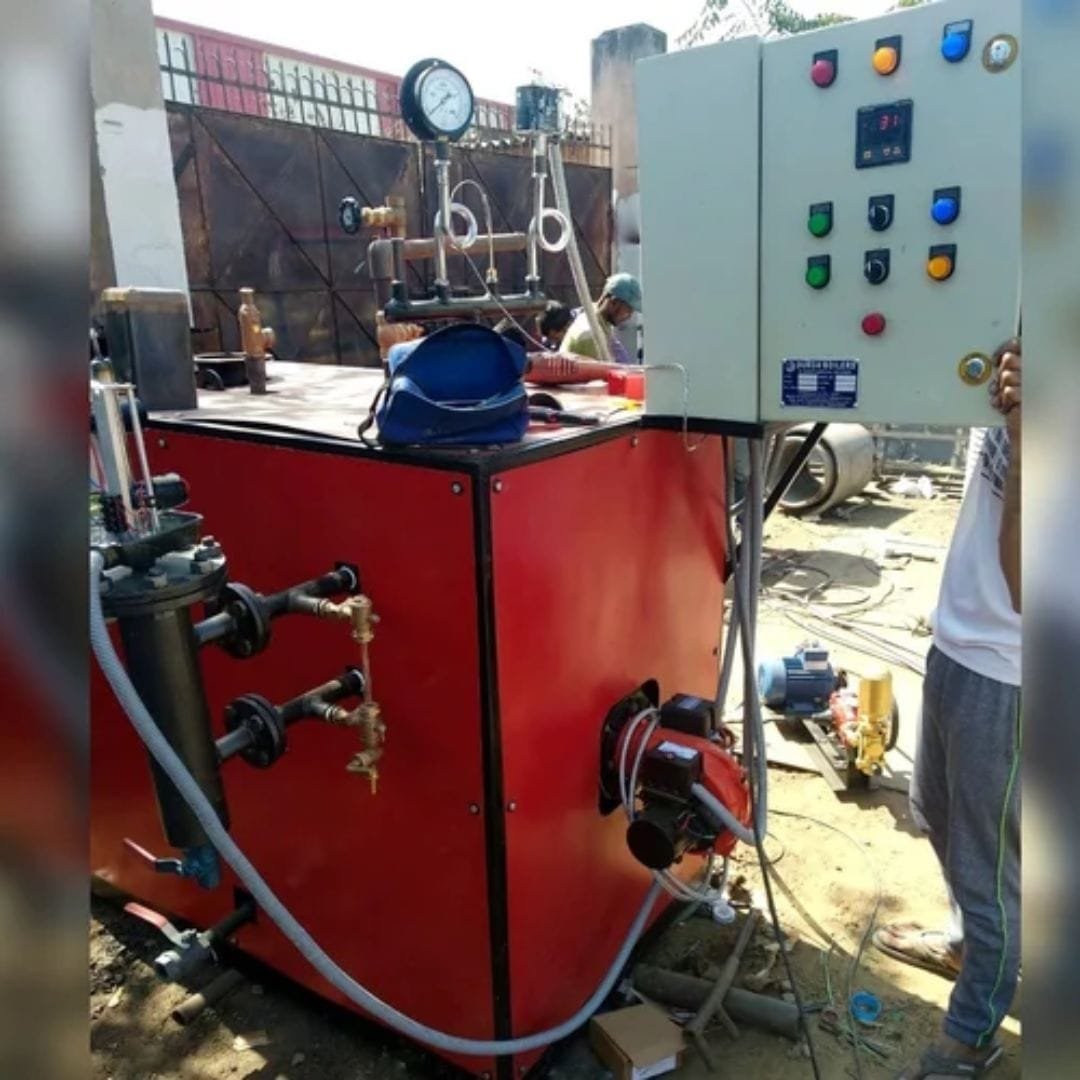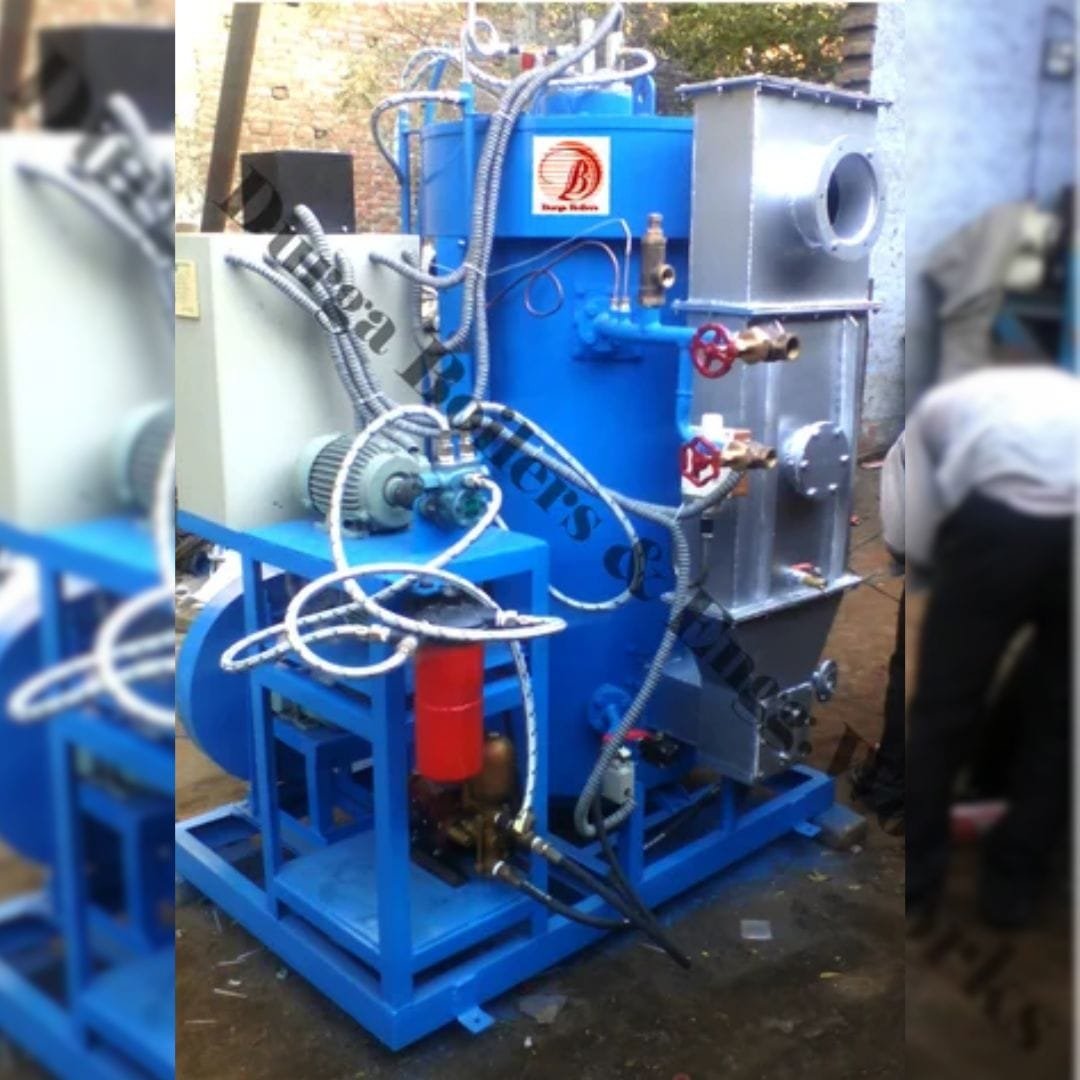Industrial Steam Boiler: Exploring the Working Principle, Components, and Diagram
Industrial steam boilers are vital for processes requiring heat or steam in various sectors, such as power plants, refineries, chemical manufacturing, and food processing. Below is an exploration of their working principle, components, and a visual guide.
1. Working Principle of an Industrial Steam Boiler
The fundamental principle of an industrial steam boiler is heat transfer:
- Fuel Combustion: A fuel source (coal, gas, oil, or biomass) is ignited in the furnace or combustion chamber to produce heat.
- Heat Exchange: The heat generated is transferred to water in the boiler drum or tubes.
- Steam Generation: The water absorbs heat and transitions to steam.
- Steam Flow: The generated steam is routed to perform tasks like powering turbines, sterilizing equipment, or heating systems.
- Efficient heat transfer and steam flow are optimized through proper design and control mechanisms.
2. Key Components of an Industrial Steam Boiler
- Boiler Shell/Drum: The container where water is stored and steam is generated.
- Combustion Chamber (Furnace): The area where fuel combustion occurs.
- Burner: Combines air and fuel for efficient combustion.
- Heat Exchanger (Tube System): Transfers heat from combustion gases to the water.
- Fired-Tube Boilers: Hot gases pass through tubes surrounded by water.
- Water-Tube Boilers: Water flows through tubes heated by external gases.
- Steam Outlet: Directs generated steam to the application.
- Water Supply System: Ensures an adequate water level in the boiler.
- Blowdown Valve: Removes impurities and sediments from water.
- Safety Valves: Releases excess pressure to prevent explosions.
- Control Systems: Monitor and regulate temperature, pressure, and water levels.
- Insulation and Casing: Minimize heat loss and protect the equipment.
3. Diagram of an Industrial Steam Boiler
Below is a textual representation of a typical industrial steam boiler:
4. Working Steps (Process Overview)
- Fuel Combustion: The burner initiates combustion in the furnace.
- Heat Transfer: Combustion gases flow through the heat exchanger, transferring heat to water.
- Steam Formation: Water absorbs heat, boils, and forms steam.
- Steam Distribution: Steam exits through the outlet to the required process or equipment.
- Water Replenishment: Freshwater replaces evaporated steam, maintaining the cycle.
5. Types of Industrial Steam Boilers
- Fired-Tube Boilers: Best for lower pressures; simple design.
- Water-Tube Boilers: Preferred for high-pressure, high-capacity applications.
- Electric Boilers: Suitable for smaller applications; use electricity instead of combustion.
Advantages of Industrial Steam Boilers
- High efficiency and reliability.
- Ability to handle large-scale steam generation.
- Customizable for specific industrial needs.
- Environmentally friendly options like biomass or waste heat recovery boilers.
With their robust design and precise operation, industrial steam boilers are the backbone of many industrial processes, ensuring efficient and reliable steam supply.
About Durga Boilers & Engineering Works:
Durga Boiler & Engineering Works is a leading manufacturer of Steam Boiler, Wood Fired Steam Boiler, Thermic Fluid Heater, Hot Water Generator, Non IBR Steam Boiler, Oil Fired Steam Boiler, Diesel Fired Steam Boiler, Gas Fired Steam Boiler, etc.
For any further queries, please let us know, we will be happy to assist you with any questions or provide additional information you may need.
Contact us @+91-9999397086

